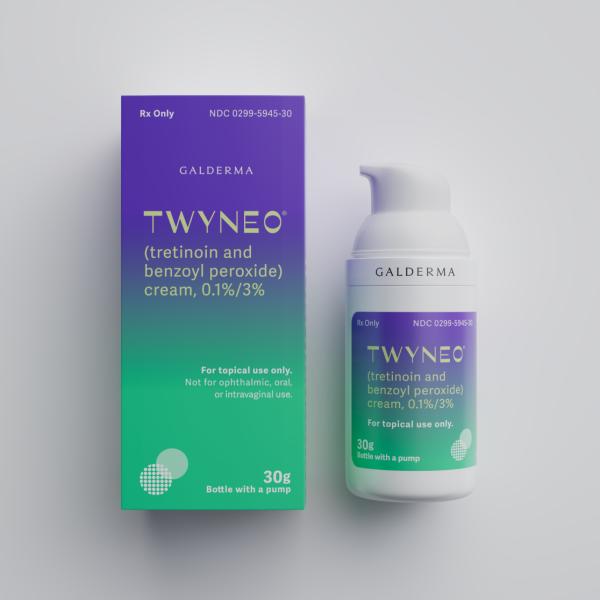Benzoyl Peroxide / Tretinoin Topical Side Effects
Medically reviewed by Drugs.com. Last updated on Aug 26, 2024.
Applies to benzoyl peroxide/tretinoin topical: topical application cream.
Precautions
It is very important that your doctor check your progress at regular visits to make sure that this medicine is working properly and to check for any unwanted effects.
This medicine may cause serious allergic reactions, including anaphylaxis and angioedema, which can be life-threatening and require immediate medical attention. Check with your doctor right away if you have chest tightness, cough, difficulty swallowing, dizziness, fast heartbeat, hives, itching, or skin rash, large, hive-like swelling on face, eyelids, lips, tongue, throat, hands, legs, feet, or sex organs, trouble breathing, or unusual tiredness or weakness.
Serious skin reactions including pain, irritation, itching, burning, redness, peeling, dryness, scaling, or stinging of the skin can occur during treatment with this medicine. Your doctor may tell you to use a moisturizer to treat skin irritation.
This medicine may make your skin more sensitive to sunlight. Use a sunscreen and wear loose-fitting clothes when you are outdoors. Avoid sunlamps and tanning beds.
Serious side effects
Along with its needed effects, benzoyl peroxide/tretinoin topical may cause some unwanted effects. Although not all of these side effects may occur, if they do occur they may need medical attention.
Check with your doctor immediately if any of the following side effects occur while taking benzoyl peroxide / tretinoin topical:
More common side effects
- pain, burning, changes in color, dryness, itching, peeling, redness, scaling, stinging, or swelling of the skin where the medicine is applied
Incidence not known
- chest tightness
- cough
- difficulty swallowing
- dizziness
- fast heartbeat
- hives, itching, or skin rash
- increased sensitivity of the skin to sunlight
- large, hive-like swelling on face, eyelids, lips, tongue, throat, hands, legs, feet, or sex organs
- redness or other discoloration of the skin
- severe sunburn
- trouble breathing
- unusual tiredness or weakness
See also:
For healthcare professionals
Applies to benzoyl peroxide / tretinoin topical: topical cream.
Immunologic adverse events
Dermatologic
- Very common (10% or more): Application site pain (10.6%)
- Common (1% to 10%): Application Site Dryness, application site exfoliation, application site erythema, application site dermatitis, application site pruritus, application site irritation[Ref]
References
1. (2021) "Product Information. Twyneo (benzoyl peroxide-tretinoin topical)." Sol-Gel Technologies Inc.
More about benzoyl peroxide / tretinoin topical
- Check interactions
- Compare alternatives
- Dosage information
- During pregnancy
- Drug class: topical acne agents
- En español
Patient resources
- Benzoyl peroxide and tretinoin topical drug information
- Benzoyl peroxide/tretinoin (Advanced Reading)
Other brands
Professional resources
Other brands
Related treatment guides
Further information
Benzoyl peroxide/tretinoin topical side effects can vary depending on the individual. Always consult your healthcare provider to ensure the information displayed on this page applies to your personal circumstances.
Note: Medication side effects may be underreported. If you are experiencing side effects that are not listed, submit a report to the FDA by following this guide.

